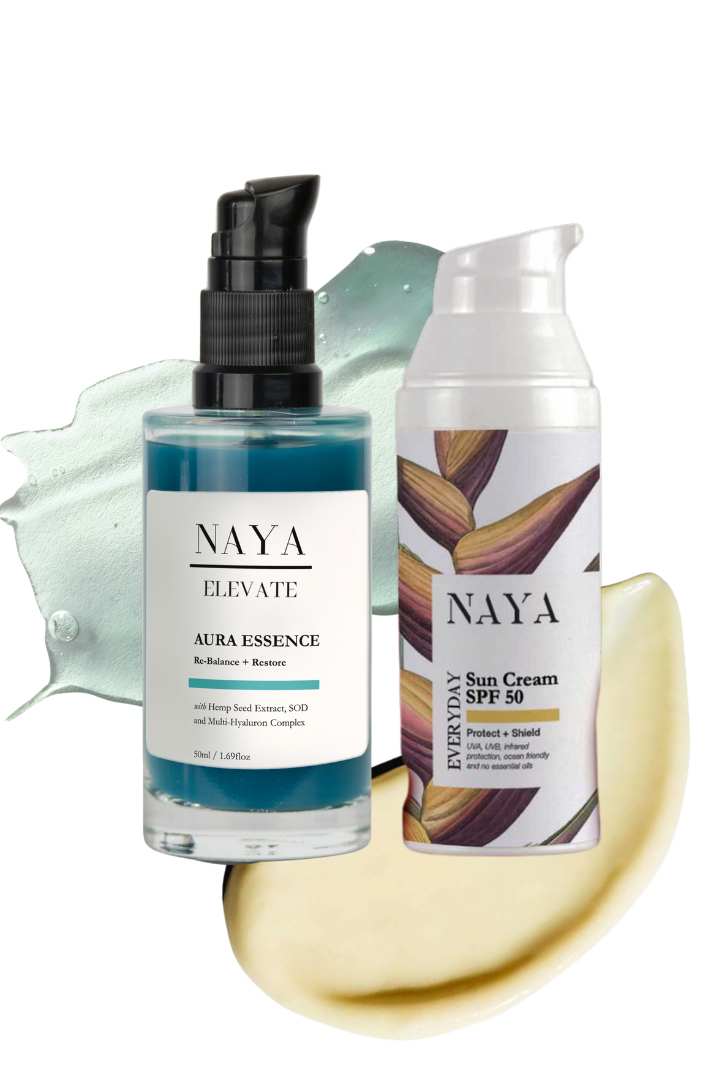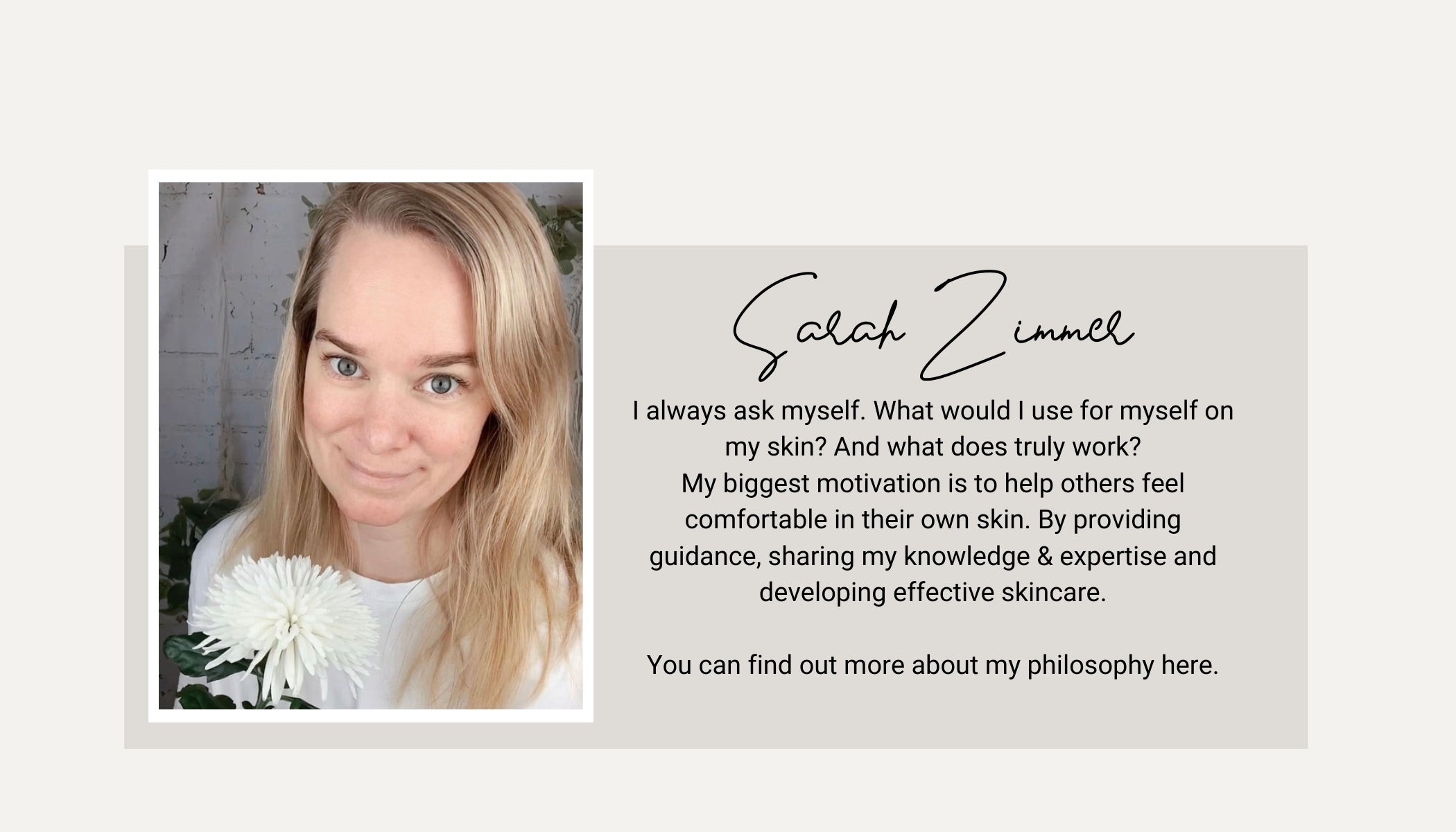Do we need sunscreen indoors?

It's actually funny, we usually apply cream well on the beach or in a café. But at home we are suddenly more careless. We seem to forget that it's really the same sun that shines in the garden or on the playground. How well you should apply sunscreen outside depends on the UV index. What was that again? These pictures prove that sometimes, even indoors or in the car, it's better to apply a layer of sunscreen ...
Sunshine?
Sun protection is particularly important from April onwards. This is when the sun is higher in the sky again, which increases its intensity. This means that more UVA and UVB rays reach the earth. The UV index shows exactly how strong the sun is. The higher it is, the more radiation there is (and the better you need to protect yourself from the sun). From index 3, the general recommendation is to apply sun cream. In most countries, this can be the case from April to September. But if you want to delay the aging process, it is better to apply sunscreen every day: even in winter and fall, when the sun is less intense. Because a sun protection product is the perfect anti-wrinkle cream.
Is vitamin D still being produced? Your skin produces vitamin D through sun exposure. But if you use sun cream every day, aren't you at risk of vitamin D deficiency? Find out whether this is the case in this blog article.
Different SPF in spring
When choosing the right SPF, it is also advisable to consider the UV index (and therefore the time of year). From October to March, a factor of 30 is often sufficient, but when the sun starts shining in April, a minimum of SPF 30 is recommended. However, I apply an SPF 50+ on my face and hands always. If you have fair skin or pigmentation spots, it is better to use factor 30 in the fall and winter too. If you go outside, reapply every two hours. And also apply an extra layer if you have been swimming or sweating a lot.
Sun also penetrates through glass
If you go outside, you should protect yourself from the sun from April (but even better: always). But a layer of sunscreen is also advisable indoors, as studies show that 74% of UVA radiation is not blocked by glass (UVB radiation, on the other hand, is blocked by windows). And UVA radiation can cause sun damage despite this layer of glass.
Examples: older behind glass The fact that the sun can damage your skin even behind glass can be clearly seen in the following pictures. The first picture shows the face of an Italian secretary who worked sitting at a window for 15 years.

There is a big difference between the left and right side of her face: the left side of her face, which was exposed to UV rays, looks much older than the right side of her face. The truck driver in the picture below also suffered a lot of sun damage during his work. You can see that the side window of the truck cab in particular lets a lot of UVA radiation through. The left side of his face is clearly marked: You can see more wrinkles, pigmentation spots and sagging skin than on the right side of his face.

Source: Moulin G., Thomas L., Vigneau M., Fiere A. (1994). A case of unilateral elastosis with cysts and comedones: Favre-Racouchot syndrome. Ann Dermatol Venereol, 121(10), 721-723; Jennifer, R.S., Gordon, M.D., Joaquin, C. & Brieva, M.D. (2012). Unilateral Dermatoheliosis. The New England Journal of Medicine, 366(16), e25. doi: 10.1056/NEJMicm1104059
Also apply cream in the car
So you should also apply sunscreen when you are sitting in the car. This is because the glass used for the side windows of cars often still lets a lot of UVA radiation through. Fortunately, car windscreens nowadays are usually made of laminated safety glass (glass with a plastic layer in between). This glass stops all radiation.
Does the window glass provide security at home?
Unfortunately, the glass in house windows is usually not laminated safety glass, but normal glass. And if a window is made of this glass, you can assume that it lets UVA radiation through. So if you like to eat breakfast by the window or are lucky enough to be able to look outside while you work, you should also protect yourself indoors with sunscreen.
Do you apply cream differently indoors than outdoors?
But how often do you need to apply cream when you're indoors? Even every two hours? There was a study was conducted to exactly examine this. The result: after just one application, you remain fairly well protected from the sun during the day, but then you should not touch your face too often and apply enough cream. You can therefore apply in the morning and then go outside during your lunch break without having to reapply. Of course, if you stay outside, reapply every two hours.
I hope you find this helpful. If you have any questions, feel free to drop me an email on support (at) nayaglow (dot) com.













Leave a comment